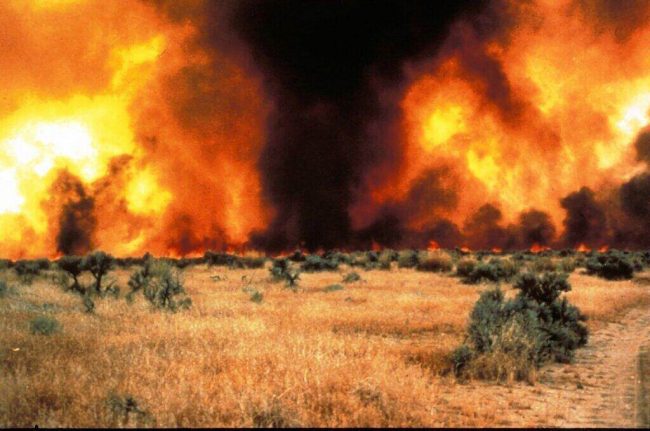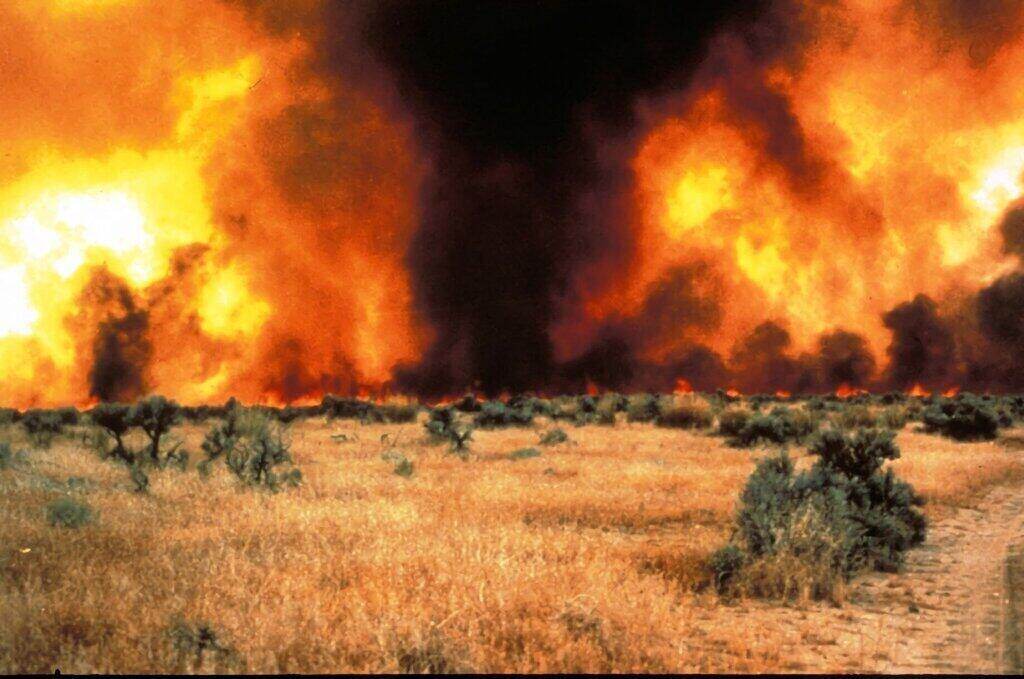|
Getting your Trinity Audio player ready...
|

Wildfires have ravished the world dating back as far as before human civilization. The earlier-known wildfire dates back 419 million years ago during the Silurian period of the Paleozoic era. During that period, oxygen levels might have been higher, contributing to the chances of fire.
This era consisted of much higher elevation in sea levels and much more marine life globally. Glacier melts from the Late Ordovician ice age contributed to this rise in sea levels that flooded several continents. Though the climate may have been different at that time, it is still evolving at a rapid pace millions of years later.
 Though they have been more apparent in summer and fall seasons, usually due to fallen branches and leaves making the land more flammable, wildfires are becoming year-round for places like the United States.
Though they have been more apparent in summer and fall seasons, usually due to fallen branches and leaves making the land more flammable, wildfires are becoming year-round for places like the United States.
The falling off branches and other debris makes it difficult for the fires to be put out. Tearing through forests and landscapes, they can burn for days on end if not prevented as soon as possible.
The number of wildfires has increased in recent decades with more severity and destruction of the land. In 2018, California’s wildfire season recorded one of its worst-ever In property losses and acres burned.
This climate change has worsened as winter snows begin to melt early and rain comes later during fall. According to USDA, “four months fire seasons become six to eight-month duration.” These nearly-year-around fires continue to endanger animals, crops, and the welfare of nature itself. Moreover, destruction from constant wildfires would permanently raze land, making the damages near impossible to reverse.
In recent memory, the Brazilian Amazon rainforest of South America fell victim to vicious forest fires. The Amazon was over 2 million miles long and a massive one-third of the world’s carbon sink, which helps retain the heat the earth receives from the sun keeping the ocean from freezing over.
The Amazon Rainforest fires killed 2.3 million animals and $957 billion in damages. Some plant life is also in jeopardy as the forest trees may not be able to protect certain species from sunlight.
Wildfires and climate changes’ evergrowing history is undeniable, and with Greece, Algeria, Russia, Canada, Turkey, Italy, and the United States now experiencing disastrous fires, it seems only to be getting worse from here.
Written by Mikal Eggleston
Edited by Cathy Milne-Ware
Sources:
BRITANNICA: Silurian Period; by Markes E. Johnson
USDA: Wildfires in All Seasons? by Deb Schweizer, USDA Forest Service, Fire Aviation and Management in Forestry
Featured and Top Image by Michael Pellant/BLM Courtesy of U.S. Fish and Wildlife Service Headquarters’ Flickr Page – Creative Commons License
Inset Image Courtesy of Brian Dewey’s Flickr Page – Creative Common License



